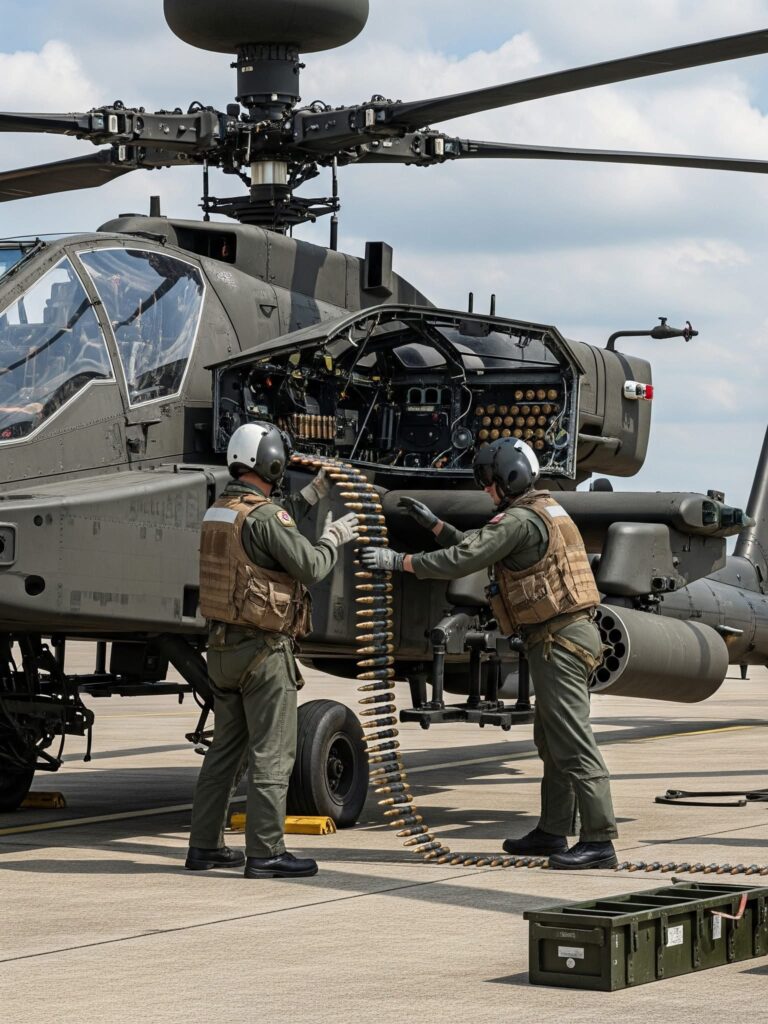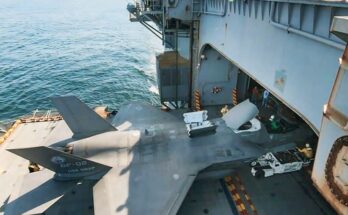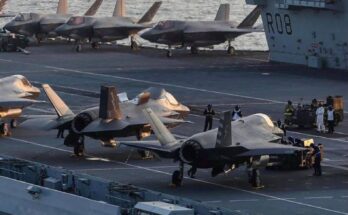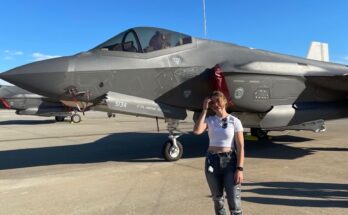
The maintenance crew gathers around the Apache with a clear plan and a calm, focused tempo. Loading a 30mm chain gun is a team effort that requires coordination among technicians, an armorer, and the aircrew. Safety comes first. Before any hardware moves, personnel verify grounding, disconnect power to the relevant systems, and confirm the aircraft is in safe configuration for maintenance. A short pre-task brief covers roles, signals, and contingency steps so everyone knows what to expect.
A lifting fixture is positioned under supervision to handle the gun assembly. The armorer inspects the weapon for serviceability indicators and confirms serial numbers and maintenance records. Tools and support equipment are staged nearby to minimize movement during the lift. The crew leader designates clear zones beneath the aircraft and marks them. Hand signals and radios are used to coordinate the attachment to the aircraft hardpoint, reducing the chance of miscommunication during the critical lift.
As the hoist brings the weapon into position, technicians guide it carefully toward the mounting interface. Alignment is confirmed visually and by feel, but technicians avoid forcing components together. Once seated, fasteners are installed in a predefined sequence to ensure even load distribution. Torque values and locking features are checked against maintenance documentation. At every step, one person reads the procedure aloud while another performs the task so there is redundancy and cross-checking.
After physical mounting, connection of electrical and data interfaces follows. Technicians secure wiring looms and conduit, using protective wraps where the harness passes near moving parts. Connectors are inspected for cleanliness and proper mating. The aircraft power remains off during these operations, and only after a final mechanical audit does the crew permit power-up for system checks.
Functional checks focus on safe, non-destructive verification. The fire control system receives a simulated input to verify signal paths. The weapon drive motor is exercised at limited power to confirm rotation without load, and sensors are read to ensure proper feedback. Any abnormal vibration or unexpected readings halt the test immediately and trigger troubleshooting. Communication between the aircrew and maintenance team continues throughout, with the pilot ready to verify cockpit indications.
Once electrical checks are satisfactory, inert loading drills may proceed using training ammunition or simulation devices. These exercises confirm feed mechanisms and ammunition handling behavior without actual firing. Final inspections ensure that all safety pins, covers, and tool stowage items are in place. Documentation is completed, signed, and entered into the aircraft log so that records accurately reflect the work performed.
When the team clears the aircraft for operational use, brief handover notes are given to the flight crew highlighting any limitations, deferred items, or special procedures. The whole process stresses discipline, communication, and respect for procedures. The result is a secure installation performed with attention to personnel safety and system integrity, readying the AH-64 Apache to return to its mission with confidence. The squad departs knowing the aircraft meets standards and mission readiness is restored today.


